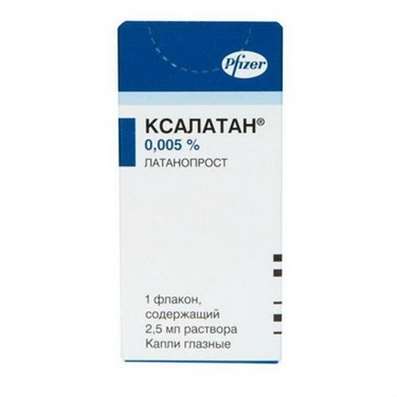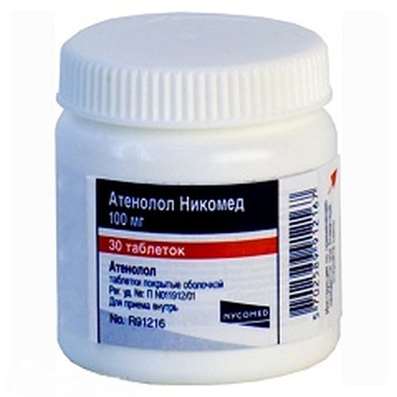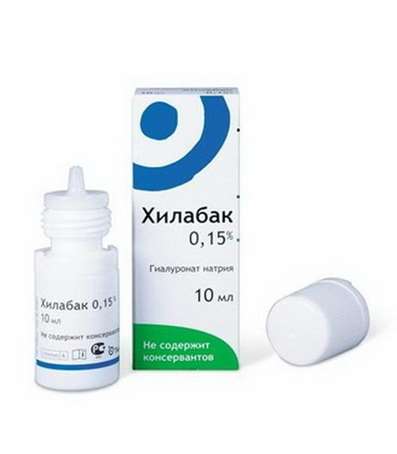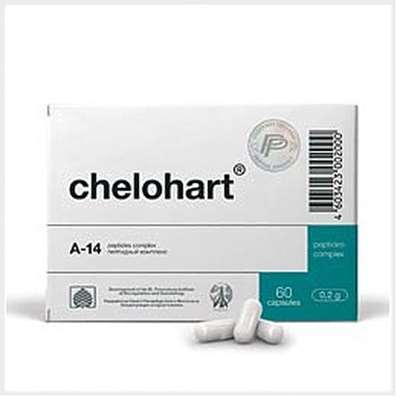Instruction for use: Vinpocetine 5mg
I want this, give me price
International Nonproprietary Name (INN): Vinpocetine
Pharmaceutic group: Vascular
Presentation:
Tablets 5 mg ¹20, ¹30 or ¹50.
Available with prescription
Indications for Vinpocetine
Vinpocetine (brand names: Cavinton, Intelectol; chemical name: ethyl apovincaminate) is a semisynthetic derivative alkaloid of vincamine (sometimes described as "a synthetic ethyl ester of apovincamine"), an extract from the periwinkle plant (Vinca minor).
Vinpocetine is reported to have cerebral blood-flow enhancing and neuroprotective effects, and is used as a drug in Eastern Europe for the treatment of cerebrovascular disorders and age-related memory impairment.
Vinpocetine is widely marketed as a supplement for vasodilation and as a nootropic for the improvement of memory. In other words, Vinpocetine may help support brain functions such as concentration and memory by activating cerebral metabolism. A small subset of users report uncomfortable, adverse reactions to vinpocetine. A low initial dosage is ordinarily recommended.
Vinpocetine has been shown to selectively inhibit voltage-sensitive Na+ channels, resulting in a dose-dependent decrease in evoked extracellular Ca+ ions in striatal nerve endings. The Na+ channel inhibiting properties of vinpocetine are thought to contribute to a general neuroprotective effect through blockade of excitotoxicity and attenuation of neuronal damage induced by cerebral ischemia/reperfusion. It is not known exactly how vinpocetine works, but it seems to have various effects on the brain including increased blood flow.
The scientific literature contains numerous studies and investigations on the pharmacological and biochemical actions of vinpocetine. The various mechanism of actions include:
1) effects on brain circulation and oxygen utilization without changes in systemic circulation;
2) increased tolerance of the brain to vascular hypoxia and ischemia;
3) anticonvulsant activity;
4) phosphodiesterase-1 inhibition; and
5) lowering of blood viscosity and inhibition of aggregation of thrombocytes.
Vinpocetine appears to be safe for most people. It can cause some side effects including stomach pain, nausea, sleep disturbances, headache, dizziness, nervousness, and flushing of the face.
CONTRAINDICATIONS: Do not use vinpocetine if:
• You are pregnant or breast-feeding.
• You have a blood-clotting disorder.
• You are scheduled for surgery in the next two weeks. Vinpocetine might increase the risk of bleeding.
• You are a patient with severe, general, cerebral hypertensive crises, or in elderly or senile patients with acute cardio-cerebral or cerebro-cardiac syndrome, postinfarction cardiosclerosis, or with marked disorders of heart rhythm
DOSAGE: Follow the suggested manufacturers' guidelines. Most clinical studies used vinpocetine 5-10 mg 3 times daily orally or parenterally.
Trade name of the drug – Vinpocetine
Dosage Form: tablets
Active substance:
vinpocetine - 5 mg;
Excipients: potato starch - 64.3 mg lactose monohydrate (milk sugar) - 171.9 mg colloidal silicon dioxide (Aerosil) - 1.7 mg of talc - 4.7 mg of magnesium stearate - 2.4 mg.
Description:
Tablets from white to white with a yellowish shade, flat-cylindrical, with a facet.
Pharmacotherapeutic group: Vascular
ATX code: N06BX18
Pharmacological Properties of Vinpocetine
Pharmacodynamics
Vasodilating agent. Improves brain metabolism by increasing the glucose and oxygen consumption of the brain tissue. Increases resistance of neurons to hypoxia; It facilitates the transport of glucose to the brain through the blood-brain barrier; It translates the process of disintegration of glucose to energy more economical, aerobic pathway; selectively blocked Ca2 + -dependent phosphodiesterase; increases the content of adenosine monophosphate (AMP), cyclic guanosine monophosphate (cGMP), ATP, noradrenaline, serotonin, and the ratio of ATP / AMP in brain tissues; It has an antioxidant effect.
Reduces the aggregation of platelets and increased blood viscosity; increases the deforming ability of red blood cells and red blood cells block the recycling of adenosine; enhances the impact of oxygen by red blood cells.
Increases cerebral blood flow; reduces the resistance of cerebral vessels without significant changes in indicators of systemic circulation. It does not have a "steal" effect and increases blood flow, especially in ischemic areas of the brain.
Pharmacokinetics
Rapidly absorbed. The time to reach maximum plasma concentration - 1 hour. Absorption takes place mainly in the proximal gastrointestinal tract. When passing through the intestinal wall is not metabolized.
The maximum concentration observed in the tissues within 2-4 hours after ingestion. Communication with proteins - 66% absolute bioavailability when taken orally - 7%, increases with use of the drug after ingestion. Ground clearance 66.7 l / h. exceeds the liver plasma volume (50 l / h), which indicates extrahepatic metabolism.
Repeated receptions kinetics is linear. . The half-life in humans 4,83 ± 1,29 hours excreted by the kidneys and the bowel in a ratio of 3: 2. It penetrates through the placental barrier.
Indications for Vinpocetine
neurological and psychiatric symptoms in various forms of cerebral circulatory insufficiency (including recovery stage of ischemic or hemorrhagic stroke, the consequences of stroke, transient ischemic attack, vascular dementia, vertebrobasilar insufficiency, cerebral atherosclerosis, post-traumatic and hypertensive encephalopathy);
chronic disease of the choroid and retina (due to arteriosclerosis, vasospasm, thrombosis); degenerative changes in the macula caused by atherosclerosis or vasospasm; secondary glaucoma (due to vascular obstruction);
age-related vascular or toxic (drug) hearing loss, Meniere's disease, idiopathic tinnitus, vertigo labyrinthine origin;
vasovegetative climacteric syndrome.
Contraindications forVinpocetine
acute phase of hemorrhagic stroke, ischemic heart disease, arrhythmias expressed.
hypersensitivity to any component of the drug.
pregnancy (possibly placental bleeding and spontaneous abortion, probably due to increased placental blood supply).
lactation (when using the drug must stop breastfeeding).
children under 18 years (due to lack of data).
tablets contain lactose, therefore the drug should not be taken by patients with rare hereditary disorders such as galactose intolerance, lactase deficiency or glucose-galactose malabsorption.
Vinpocetine Dosage and Administration
Inside 5 mg (1 tab.) After a meal. The drug is administered 3 times daily. The initial daily dose is 15 mg. The maximum daily dose of 30 mg. The duration of treatment up to 3 months. Possible repeated courses 2-3 times a year.
When kidney disease or liver drug administered in the usual dose.
Before the cancellation, the dosage should be gradually reduced.
Side effect ofVinpocetine
From the cardiovascular system: ECG changes (depression ST, prolongation of QT interval), tachycardia, arrythmia, labile blood pressure, feeling the tides.
On the part of the central nervous system: sleep disorders (insomnia, excessive sleepiness), dizziness, headache, weakness, sweating.
From the digestive system: dry mouth, nausea, heartburn.
Skin allergic reactions.
overdose
Symptoms: increased severity of side effects.
Treatment: gastric lavage, activated charcoal, symptomatic therapy.
Interaction
The interaction is not observed while the use of β-blockers (hloranolol, pindolol) Klopamid, glibenclamide, digoxin, acenocoumarol and hydrochlorothiazide, imipramine.
Simultaneous use of vinpocetine and methyldopa sometimes caused some increase in the hypotensive effect, so this treatment requires regular blood pressure control.
It increases the risk of hemorrhagic complications in the background of heparin.
Despite the lack of evidence supporting the possibility of interaction, it is recommended to be cautious while appointing a central drugs, antiarrhythmic and anticoagulation action.
special instructions for Vinpocetine
Suicide and suicidal behavior
Depression is associated with an increased risk of suicidal thoughts, self-inflicted injuries and suicide (suicidal behavior). This risk persists until the onset of severe remission. As in the first few weeks of therapy, or even longer periods of time, improvement can not be observed, prior to such improvements need to closely monitor the patients. According to the accumulated clinical experience of suicide risk may increase in the early stages of recovery.
Patients with a history of suicide attempts, or with high levels of suicidal thoughts on topics before treatment to greater risk of suicidal thoughts or suicide attempts, such patients should be carefully monitored. A meta-analysis of placebo-controlled clinical trials of antidepressants involving adult patients with psychiatric disorders showed that when taking antidepressants compared to placebo in patients younger than 25 years are at increased risk of suicidal behavior. Drug treatment of patients and in particular patients with high suicide risk, must be accompanied by careful observation, especially early in therapy and dose adjustment. Patients (and caregivers of such patients) should be warned about the need to monitor any manifestations of clinical worsening, suicidal behavior or thoughts and unusual changes in behavior and to seek immediate medical attention if these symptoms.
A small number of patients taking antidepressants, including venlafaxine, aggression may occur during treatment initiation, dose change or discontinuation of treatment.
Conducted to date clinical studies revealed no tolerance to venlafaxine or depending on him. Despite this, as in the treatment of other drugs acting on the central nervous system, the physician must establish careful monitoring of patients for signs of drug abuse, as well as patients having a history of symptoms.
Special patient groups
The presence of the syndrome of prolonged QT interval and receiving drugs that cause lengthening of the QT interval, requires periodic ECG monitoring.
Effects on driving ability and work with the mechanisms
Information on the effect of vinpocetine on the ability to control the car and the performance of work requiring speed of psychomotor reactions are no.
Release form of Vinpocetine
Tablets of 5 mg. 10 tablets in blisters. 1,2,3,4 or 5 contour cell packages with instructions for use in a pile of cardboard.
Storage conditions of Vinpocetine
In a dry, dark place at a temperature no higher than 25 ° C.
Keep out of the reach of children.
Shelf life of Vinpocetine
5 years.
Do not use beyond the expiration date printed on the package.
Conditions of supply of Vinpocetine from pharmacies
With prescription.

 Cart
Cart





